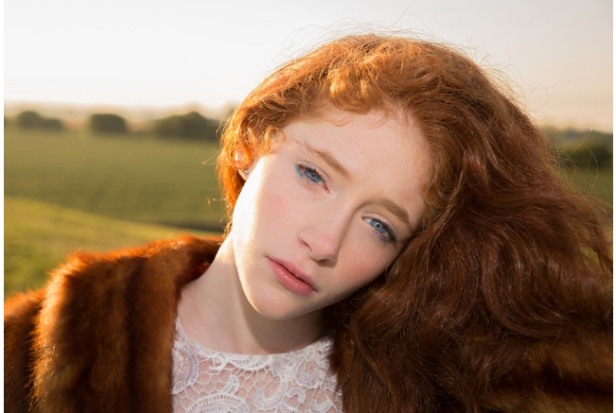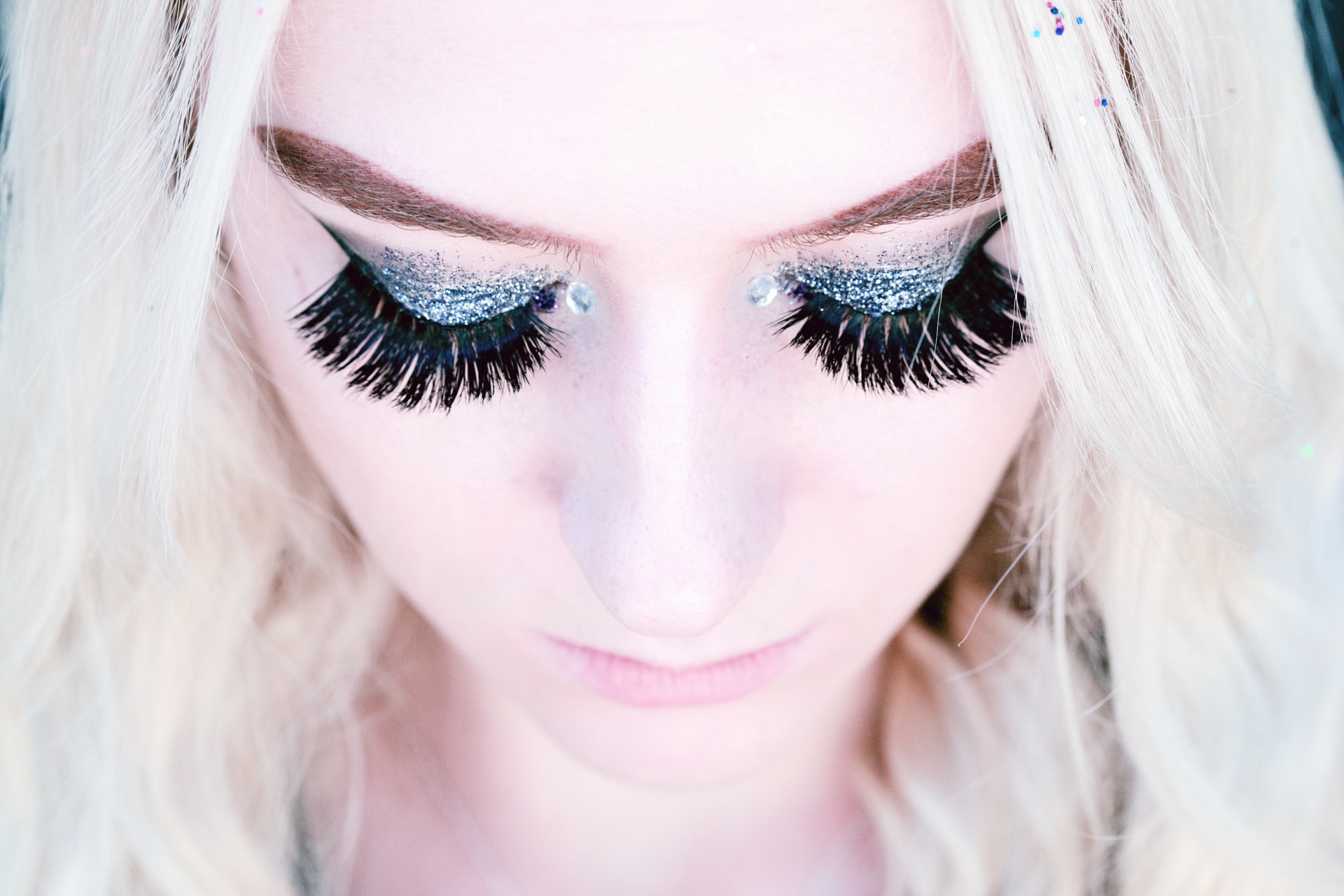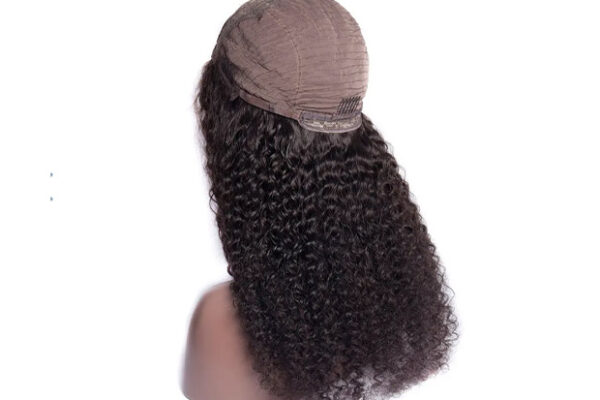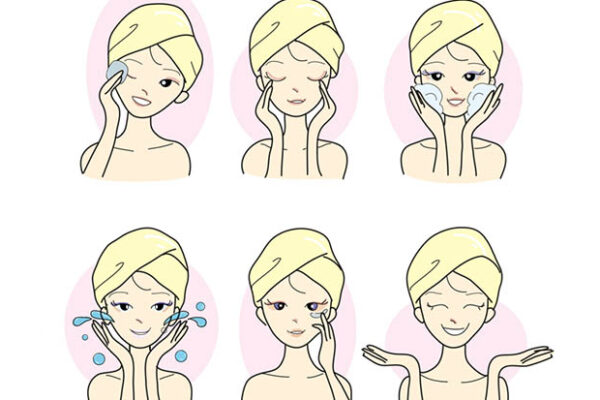We’ll discuss the typical causes of slow-drying hair in this article and give you tips on how to hasten the drying process.
Why Does My Hair Take So Long to Dry?
The porosity of your hair, the products you use, and environmental factors are the main causes of why it takes your hair so long to dry. Each of these factors is explained in more detail in the section that follows.
Hair Thickness and Hair Porosity
These are one of the first factors when it comes to the question “how long does it take for hair to dry?”
What relationship do hair porosity and thickness have to the speed at which your hair dries?
In essence, thickness refers to how much volume and weight your hair occupies. Think about the differences between drying a large fluffy towel in the dryer versus one single bed sheet. The more dense the hair, the longer it will take to dry according to the hair density rule.
The porosity of your hair determines how quickly water, oil, and other products can penetrate it. If your hair is highly porous, this means that they can all do so. Likewise, it appears equally quickly.
Hair with high porosity can be frizzy, feels dry, and tangles easily. Hair with high porosity dries very quickly.
On the other hand, low porosity hair feels like it takes forever to air dry! Low porosity hair requires more effort to penetrate, but once it does, the products will stay longer.
There is not much you can do about thickness because it is typically genetic. However, while porosity can also be inherited (African American hair, for instance, tends to have high porosity), it can also be caused by the environment.
Low Porosity Hair
Water finds it difficult to penetrate low porosity hair cuticles because they are so closely packed. But once the water is in, it might be even more difficult to get out.
People with low porosity hair might notice that drying time is unusually slow.
High Porosity Hair
Loose cuticles and open pores in hair with high porosity are water-absorbent. This indicates that water can easily enter and exit each hair strand.
High porosity hair holds onto more water per strand even though it doesn’t do so as tightly as low porosity hair. Because there is more water to evaporate, high porosity hair may theoretically dry more quickly, but actual drying time may be longer.
Atmosphere Matters
It is true that your surroundings, the atmosphere, and the products you use can all affect how long it takes for your hair to dry. If you reside in an area that is particularly humid, such as coastal Florida, you might feel like your hair is always a little damp because it will absorb all the moisture. Your hair will take longer to dry on cooler, rainier days.
The environment can also cause changes in your hair that are more long-lasting. If you live in Los Angeles, where the air is heavily chemically treated, your hair may eventually become dry and develop high porosity, which makes it dry more quickly after a shower.
Finally, the products you use can significantly alter the appearance of your hair. I’ll never forget the time I admitted to using some subpar, bottom-of-the-shelf shampoo and conditioner on my hair, and my fancy Southern California hairstylist gave me a sympathetic but sympathetic look.
Those products frequently contain harmful chemicals and toxins that can harm your hair over time and dry it out, which naturally causes your hair to dry more quickly.
Hair Products
How long it takes for your hair to dry can vary depending on the hair products you use. Products with humectants, such as honey or glycerin, can draw moisture from the air and deposit it in your hair. Other items, such as butters and heavy oils, coat your hair and keep all the moisture inside.
Your Hair Takes So Long to Dry: What Can You Do?
Therefore, drying time is extremely long if you have low porosity or even thick hair. How can the drying of your hair be accelerated?
You do not want to make it high porosity hair by drying it out. Changing low porosity hair to high porosity hair could be very damaging if you already have low porosity hair. The thickness is also beyond your control.
If you want to make lasting, healthy changes, you are out of luck. However, there are some strategies you can use to get around the issue of low porosity hair and the reason why it takes so long for your hair to dry.
For low porosity hair, the first option is to take a shower at night and let it air dry.) before you go to bed. Be careful not to go to bed with wet hair because you will wake up the next day with a bad case of bedhead that will be challenging to get rid of.
Furthermore, you can ensure that you are not weighing down your hair in the shower with heavy products that will make it more difficult to dry low porosity hair.
Before letting your hair dry naturally or using a blow dryer, make sure to towel-dry it completely. All of these will enable you to dry your healthy hair more quickly while preserving its natural appearance.
Let Your Hair Be
Last but not least, let’s be happy: you can just leave your hair alone. The ability to love oneself in all of her fabulously messy glory makes women happier than ever, less stressed, and less anxious.
I finally accepted my mixed-race fine hair after years of struggle. My sister changed her morning routine, and my friends started washing their hair at night so they could leave for work with fully dry hair without opting for a blow dry.
Your hair is a component of who you are, and all the components that make you, you. The best thing you can do is treat yourself to all-natural, plant-based products for your insides and outsides, get fresh air, drink lots of water, and get good sleep every night.
You have worries popping up all the time in the world. Reduce your worries by taking care of your identity and appearance.
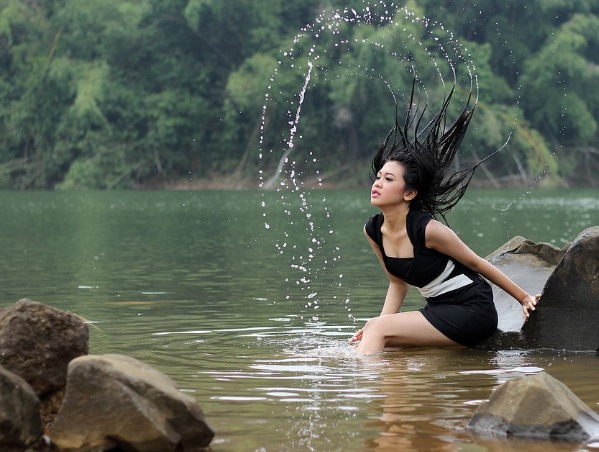
How to Speed Up Your Hair Drying Time
It can take a while to wash and dry your hair. Whether you’re in a rush or just want to speed up your hair drying time, consider trying the following tips:
Use a Blow Dryer
It can take a while to let your hair air dry, but it’s a great way to avoid using too much heat or manipulation. Using a blow dryer may help you dry your hair more quickly.
If you’re concerned about heat damage, there are a few steps you can take to minimize the associated risks:
- When blow-drying your hair, use warm or cool air. The heat settings on many blow dryers are varied. You can still dry your hair with cool or warm temperature settings while avoiding the more harmful high heat.
- Put some heat protection on. Heat protection products are available as sprays, creams, gels, and serums. They form a shield that reduces heat damage by coating your strands. Follow the instructions carefully and don’t use too much of the product.
- Blowing dry after air drying. You can avoid using extra heat and hasten the drying process of your hair by air drying it first. After washing your hair, wait until it is largely dry before using a blow dryer. You can reduce your drying time in half using this technique while avoiding the negative effects of blow-drying and air-drying.
- Use a diffuser. Diffusers, a favorite among those with curly hair, assist in spreading the heat from your blow dryer. Heat isn’t completely eliminated, but by dispersing it over a larger area, the likelihood of hair damage is reduced. Your drying time can be drastically cut short with diffusers.
Use a Microfiber Towel
The fibers used to make microfiber towels are much smaller and softer than those used to make traditional bath towels. These fibers have a substantial surface area and are tightly packed. Microfiber towels can therefore absorb water more quickly.
You can save a ton of time by switching to a microfiber towel. Microfiber towels reduce drying time while also being kinder to your hair, able to lessen frizz, and less likely to fall off your head.
Try Plopping
Plopping is a drying method that is very well-liked by naturals. Plopping can speed up the drying process as well as make your curls pop.
- Like usual, wash and condition your hair. After that, blot your hair with a towel or t-shirt to remove the extra water. You don’t want to slam wet hair down. Apply your preferred post-wash hair products next.
- Place a T-shirt or a microfiber towel on a table, bed, or desk. Use a shirt if you have one, and lay it down with the neck hole facing you.
- Bend at the waist and turn the towel or shirt toward you. As you continue to stoop, flip your hair forward onto the fabric’s center and layer it there in an accordion-like fashion. Instead of being stretched out, your hair should be piled on top of itself. Lean over until your head’s crown touches the material.
- Grab the farthest corner of the cloth and bring it to the nape of your neck while you’re still stooping. During this step, take care not to squish your hair. The idea is to pile as much hair as you can on top of your head. To hold everything in place, you’ll use the towel or shirt to create a sort of bag.
- Your head can be wrapped around the towel’s or shirt’s ends that you have grabbed. Standing up, tie the towel’s ends or sleeves into a knot while your hair is still piled on top of your head.
- Before taking off the towel or shirt, let your hair “plop” in this position for up to 20 minutes. To preserve your curls, finish by air drying or using a blow dryer with a diffuser attachment.
Use a Microfiber Hair Brush
In essence, microfiber hair brushes are wide-bristle brushes with microfiber bristles. They simultaneously detangle your hair and remove excess moisture from your strands.
You can save a ton of time by switching to a brush like this one. This brush is ideal for textures with loose curls.
Conclusion
Your hair can take a very long time to dry for a variety of reasons, and there are numerous ways to hasten the drying process. We hope this article has provided you with some useful information on how to hasten the drying of your hair without risking heat damage.
FAQs
How to Treat High Porosity Hair
Get a Trim
The first thing to note is that already-damaged hair won’t miraculously grow back. For a cut or a significant trim, make an appointment with a professional. We are aware of how hard it will be for you to part with those ends because you are trying to keep your length, especially if your stylist suggests taking more off than you had anticipated. The best way to get started on the path to having healthy, well-conditioned hair is by taking this action. By trimming those split, dull ends, you’re preparing your hair for the best growing conditions possible.
Cut Down on Styling
It can be very beneficial to drastically reduce the amount of heat you use on your hair and to only use chemicals, if any, in a salon setting. Additionally, don’t be afraid of protective styling. Your hair can get a much-needed break from styling thanks to bantu knots, box braids, and even wearing a chic head wrap. With protective styling, it’s important to avoid using too much tension. If your hair is breaking, consult your stylist about the best protective style for your hair’s present state.
Use Moisture-Rich Products
Then, consider the products you utilize. Throw out anything you own that contains sulfates. Ultra-moisturizing cleansers without harsh, drying sulfates are what you need.
Get a Dose of Protein
Next, as soon as you can, try taking a protein supplement. Different protein treatments are available. You may require an urgent product, such as ApHogee Two-Step Protein Treatment ($24), if you are experiencing severe breakage. This kind of intense treatment only needs to be used once, and you must carefully adhere to all instructions to prevent further harm.
Why is My Hair Still Wet in the Morning
However, in your case, long air drying times for your hair could be caused by one or more of the following: Your conditioner is infused with Oil such as Argan, grapeseed, or etc., the styling product that you’ve applied to your hair after towel drying your hair, such as Mouse that infuses moisture.or it could be that it’s just the way your hair is.
Does Damaged Hair Take Longer to Dry
It is true that damaged hair takes longer to dry than healthy hair, but what if someone already has dry hair? If damaged, even in dry hair, the scalps would take longer to dry, and then the hair strands would take longer to dry.
The primary cause of hair damage is frequently exposure to heated styling tools like blow dryers, hair straighteners, and hair dyeing, texture coloring, etc. may leads to hair damage which makes damaged hair dry longer.
When hair is damaged, its porosity—which is nothing more than its capacity to absorb water—is the main factor that is impacted. Low porosity makes it difficult for hair to both absorb and release nutrients and water.
Low porosity hair is less likely to easily get wet or dry because the hair cuticle has not risen. If you perform a strand test, low porosity hair will also not sink even after a considerable amount of time has passed. Additionally, this makes hair resistant to numerous procedures like hair coloring, styling, and straightening, and it takes a long time to set.

